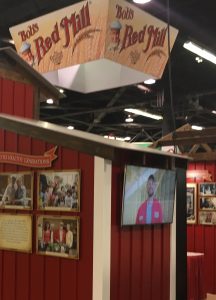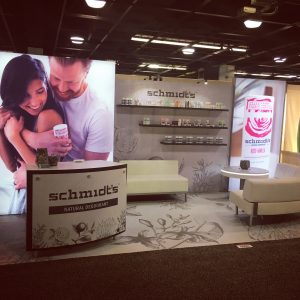Your Tradeshow Visitors Want These 6 Things from You
As an exhibitor, one of the prime directives you have is to deliver the goods to your tradeshow visitors. So what exactly are your visitors looking for? Let’s go over the shortlist:
- They want to see the new stuff. Most tradeshow attendees are in a position of power with their company. Which means they are shopping for new things they can acquire. If you have something new, make sure it’s front and center. If you’re still showing products or services that you’ve had around for a year or more, try and put a different spin on it so they can see it from a different perspective.
-

They want to be engaged. Lots of choices here: interactive exhibits, professional presentations, products that dazzle, and more. Give ‘em something to do or see for a short time and you’ve given them something they want.
- They want a pro to handle them. This means that your booth staffer should be well-trained; they should know the product and the company they represent.
- They want to be treated with respect. Chances are they’re on a tight schedule with a lot of stops that day. A warm smile and a pleasant sincere greeting go a long way.
- Depending on the show and their needs, they may not want to carry a lot of papers and samples. If you can provide choices for sales sheets beyond handouts, it saves them the hassle of carrying more stuff around. A digital download or a PDF showing up in their email when they’re back in the office is better than losing something in the hotel room.
- They don’t want to have their time wasted. A visitor will often try to dodge hungry-looking booth staffers because they don’t want to get captured by a salesman never to be seen again. Ask questions, qualify and disqualify and if they are not a potential customer, thank them and let ‘em go. If they are a prospect, get to the point, ask the pertinent questions, collect follow-up information and let ‘em go.
As exhibitors, it’s easy to think about what’s important from your perspective. And that’s very important. But put yourself in your visitor’s shoes, and walk a mile or two.








